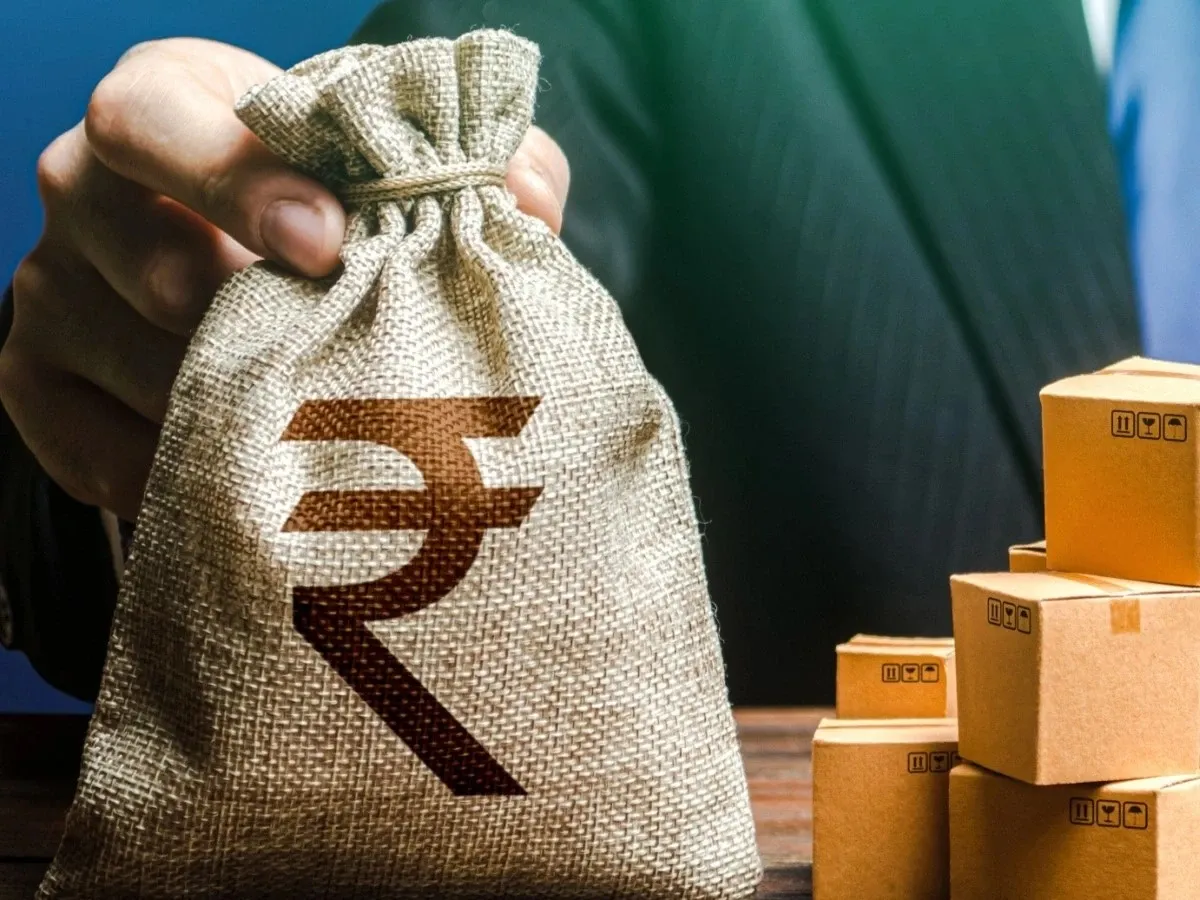Personal Finance News
SBI to end mCASH service on November 30: Users can still transfer funds via UPI, IMPS, and NEFT
.png)
4 min read | Updated on November 17, 2025, 07:54 IST
SUMMARY
In a message posted on its official website, SBI has urged customers to switch to other digital payment options, such as UPI, IMPS, NEFT, and RTGS, for transferring money to third-party beneficiaries.

There are four common ways banks in India allow digital transfers. | Image: Shutterstock
State Bank of India (SBI) has announced that it will discontinue the mCASH sending and claiming facility on OnlineSBI and YONO Lite after November 30, 2025.
In a message posted on its official website, SBI has urged customers to switch to other digital payment options, such as UPI, IMPS, NEFT, and RTGS, for transferring money to third-party beneficiaries.
SBI mCASH
State Bank mCASH is a simple and quick way to claim funds sent by State Bank of India customers through Internet banking or the State Bank Anywhere mobile application, based on just a mobile number or email ID.
Any SBI customer having Internet banking facility can now transfer funds to a third party without registration of beneficiary by entering beneficiary mobile number or email ID by just selecting from the contact list of their phones.
At the beneficiary end, the recipient needs a Bank account, not necessarily with SBI. The recipient will receive a link in the SMS or email based on the medium chosen by the sender.
An 8 digit passcode will be provided in the communication which is required to be used on the State Bank mCASH link available on pre-login of Online SBI or State Bank mCASH mobile App (Android Platform) to claim the funds.
How to transfer money using UPI, IMPS, NEFT, and RTGS.
These are the four common ways banks in India allow digital transfers.
To transfer money, open any UPI app, select “Send Money” or “Pay,” and choose whether to enter the recipient’s mobile number, UPI ID, or simply scan their QR code. After entering the amount, confirm the transaction by entering your UPI PIN. Transfers are completed instantly in real time, and the service is usually free of charge.
IMPS allows instant bank transfers using either the recipient’s account number and IFSC code or their mobile number and MMID, and it operates 24×7, including holidays. You will need the receiver’s bank account number and IFSC code.
To send money through IMPS, log in to your bank’s mobile app or net banking, go to the Funds Transfer section, and select IMPS. If the beneficiary is not already added, you must enter their name, account number, and IFSC.
After selecting the beneficiary, enter the amount and confirm the transfer using an OTP or transaction PIN. IMPS transfers are processed instantly, and while many banks offer it for free, some may charge a small fee.
NEFT is used for scheduled or non-urgent bank transfers and is now available 24×7. To make an NEFT transfer, you need the recipient’s bank account number and IFSC code. Log in to your bank’s mobile app or net banking, go to the Funds Transfer section, and choose NEFT.
If the beneficiary is new, add their account number and IFSC code. Once added, select the beneficiary, enter the amount and any remarks, and confirm the transaction with your OTP or PIN.
Most banks provide NEFT transfers free of charge.
RTGS is designed for high-value transactions . You will need the receiver’s bank account number and IFSC code.
To initiate an RTGS transfer, log in to your bank’s mobile banking or net banking portal, open the Funds Transfer section, and select RTGS. Add the beneficiary if necessary, enter the transfer amount, and complete the process by confirming with your OTP or PIN. RTGS transactions are processed instantly in real time, and online RTGS transfers are generally free.
Related News
By signing up you agree to Upstox’s Terms & Conditions
About The Author
Next Story




